A No-Nonsense Guide to Softening Scars and Stretch Marks
Over the years I’ve been working with skin, I’ve come to see scars and stretch marks as maps of a life lived. They really do tell a story. And while some people wear them like badges of honor, a lot of folks I talk to just want to feel a little more comfortable in their own skin. They’re looking for honest, practical ways to soften their appearance.
In this article
So, let’s be real from the start. There are no magic erasers here. We’re not ‘removing’ anything, because scars and stretch marks are permanent changes in the skin’s structure. What we can do is help the skin in its long-term remodeling process. Our goal is to make the tissue softer, less noticeable, and better blended with the surrounding skin. This takes patience. I always tell people to think in months, not days or weeks. The advice here is based on what I’ve seen work firsthand, time and time again.
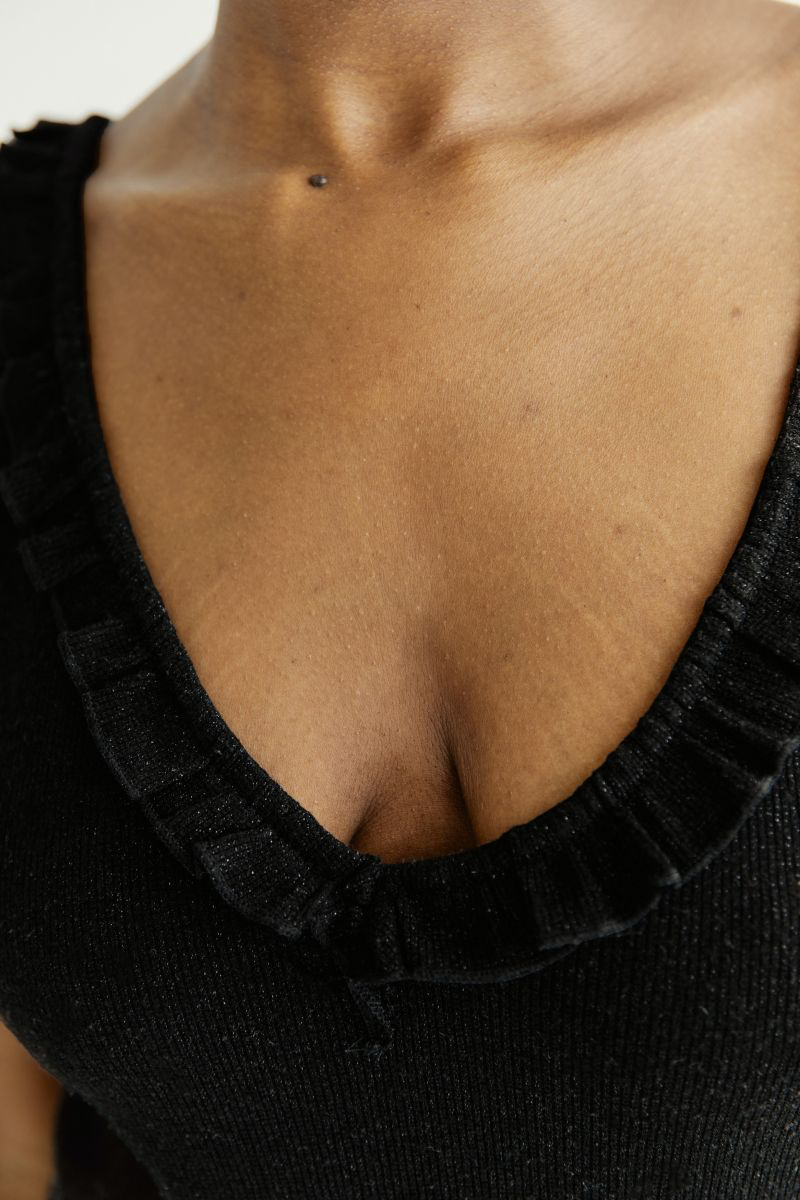
First Things First: What Are You Working With?
To treat a scar, you have to know what it is. When your skin gets injured deep down in the dermal layer, your body kicks off this incredible four-stage repair job. It stops the bleeding, cleans the area, and then rapidly builds new tissue with a type of collagen that’s, frankly, a bit weak and disorganized—it’s like a quick patch job.
The final stage, remodeling, is the long haul. It can take a year or even more. During this time, the body slowly swaps out that weak collagen for a stronger, more organized type. But it never quite gets back to the original perfect basket-weave pattern of your skin. That’s what scar tissue is. It often lacks hair follicles and sweat glands, which is why it looks and feels different.
Stretch marks are a bit different; they’re scars that form from the inside out. When the skin stretches super fast (think growth spurts, pregnancy, or big shifts in weight), the stress can tear the collagen and elastin fibers. The body repairs these tiny tears, leaving behind the lines we call stretch marks. They usually start out reddish or purple and fade to a silvery-white over time.
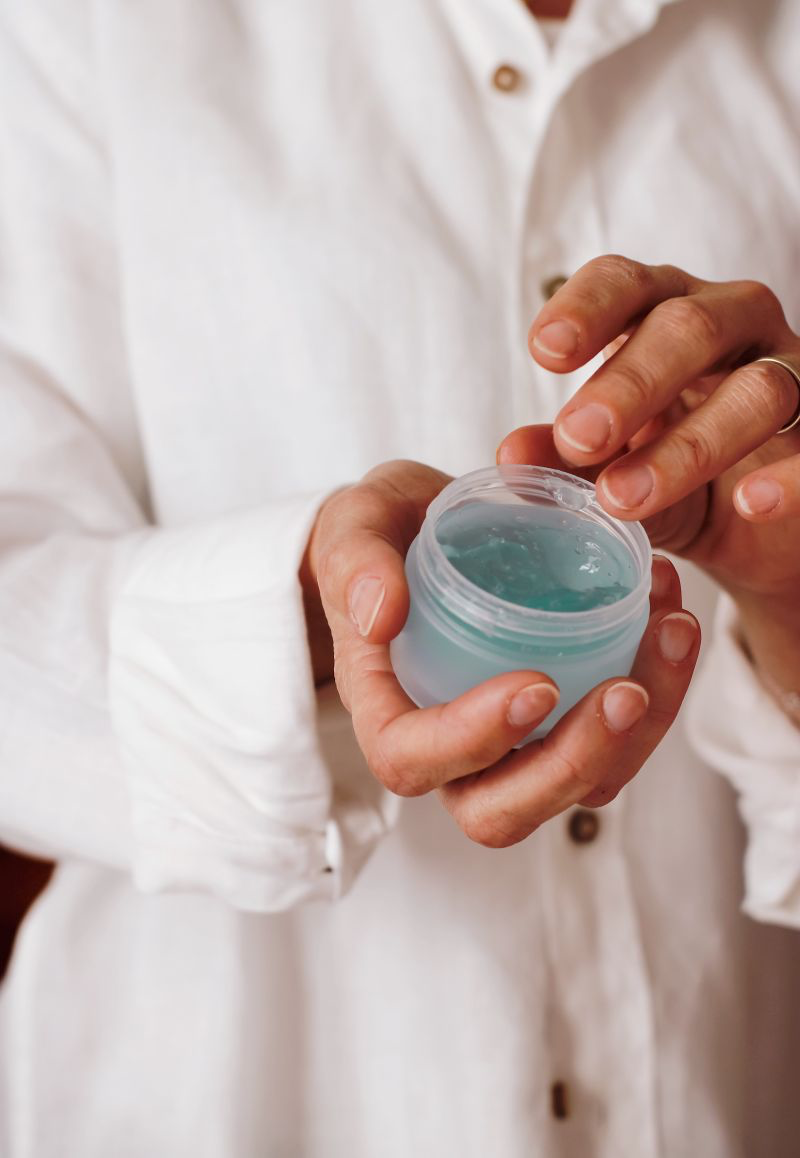
Quick tip: It’s really helpful to know if you’re dealing with a new or old scar. Newer scars that are still pink or red have more remodeling potential. Older scars that have already faded to white are a bit more stubborn. With those, our focus is more on improving the texture and pliability, which can take even longer to see results.
And a heads up! It’s vital to know your scar type. Atrophic scars are sunken or pitted, like some acne scars. Hypertrophic scars are raised but stay within the original wound’s borders. But if you have a keloid—a raised scar that grows beyond the original injury—you absolutely need to see a doctor. Home treatments can make keloids worse. This is one of those times where professional medical advice is non-negotiable.
The Three Pillars of At-Home Care
My entire approach boils down to three simple principles that deliver consistent results. It’s not complicated, but it does require consistency.

1. Keep It Moisturized. Hydrated skin is flexible skin, and scar tissue is naturally stiff. Keeping it moisturized with good oils and butters helps it stay soft and prevents that tight, pulling feeling. An occlusive layer from a butter or thick oil is like a protective blanket, locking in moisture and creating an ideal healing environment.
2. Don’t Skip the Massage. The product you use is only half the battle. The physical act of massage is the other, equally important half. I recommend massaging the area for at least five minutes, twice a day. Gentle, firm pressure helps break down the dense, disorganized collagen fibers and boosts blood flow, bringing more oxygen and nutrients to the tissue. This simple, free action is honestly one of the most effective tools you have.
3. Use Supportive Ingredients. Certain plant-based oils and butters are packed with fatty acids and vitamins that are like a support crew for your skin. They’re not miracle workers, but they give your skin the building blocks it needs to do its best work. Quality really, really matters here.
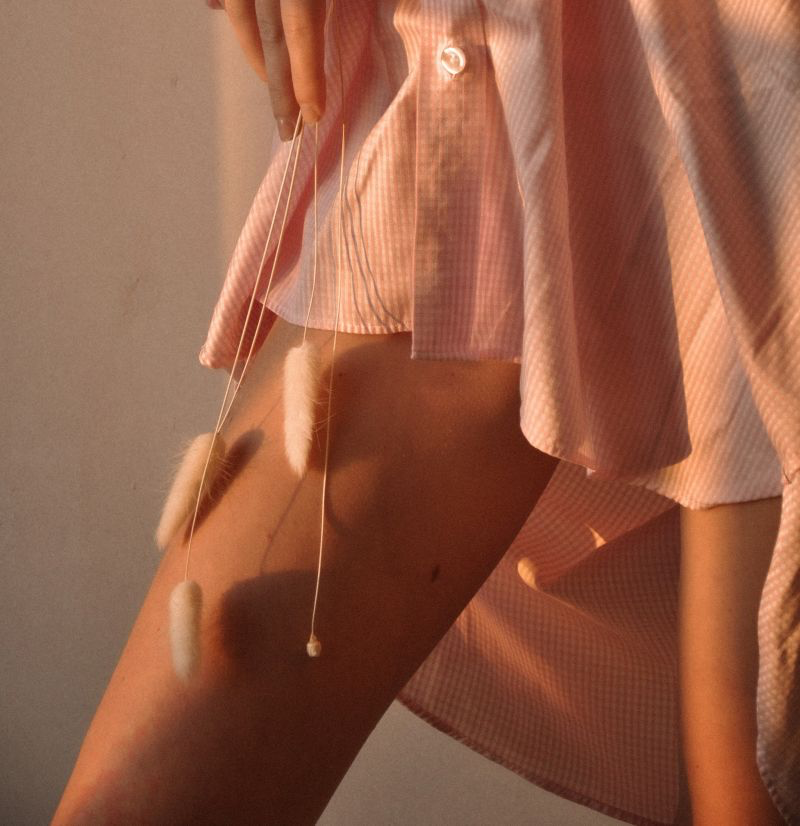
A CRITICAL Warning About The Sun
Listen, this is probably the most important piece of advice I can give you. You can do everything else right, but if you ignore this, you’ll sabotage your results.
Sun exposure on a healing scar is a huge problem. UV rays can cause the scar to heal much darker than the surrounding skin—a condition called post-inflammatory hyperpigmentation. It can also break down the fragile new collagen you’re working so hard to build. You absolutely MUST protect your scar from the sun with a mineral-based, broad-spectrum SPF 30 or higher. Every. Single. Day. No excuses, even on cloudy days!
Ingredients I Actually Trust (And What They Cost)
The internet will throw a million
Inspiration:
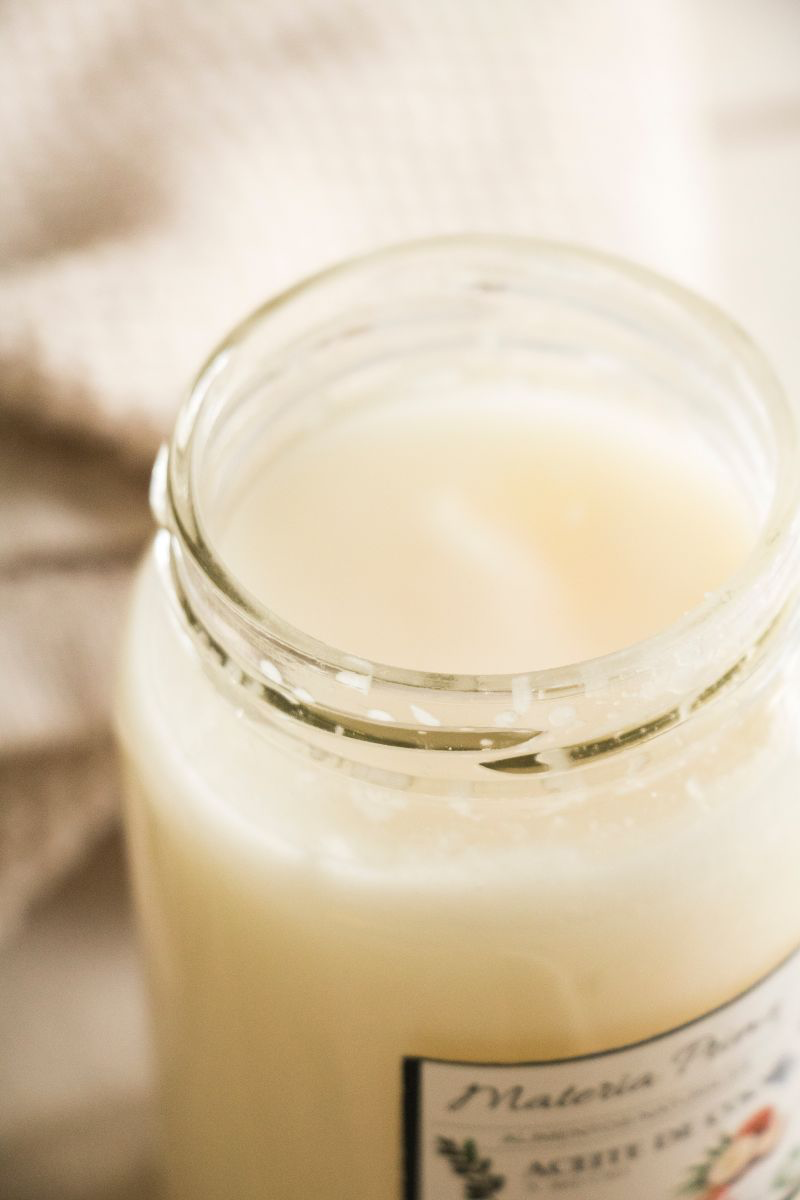
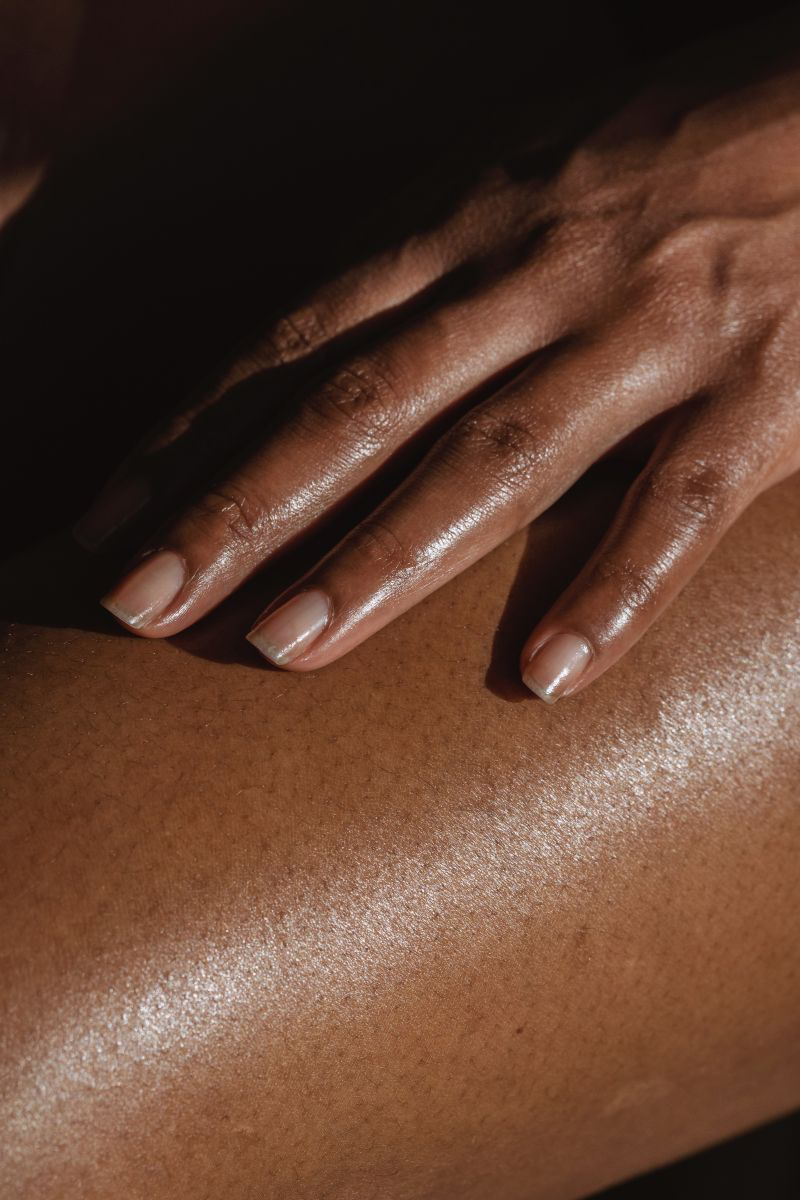
Silicone Gels: Often considered a first-line defense by dermatologists, especially for raised scars. Products like Mederma Advanced Scar Gel create a breathable barrier that hydrates the scar tissue. This environment helps regulate collagen production, which can flatten and soften the scar’s texture over time.
Botanical Oils: A gentler, more nourishing approach. Formulations like the classic Bio-Oil use a blend of plant extracts and vitamins (like A and E) in an oil base. The key here is the combination of specific ingredients and the massage action, which improves circulation and flexibility in the tissue.
For new or surgical scars, silicone is often recommended. For widespread stretch marks, a daily massage with a botanical oil can be a more practical and sensorial routine.
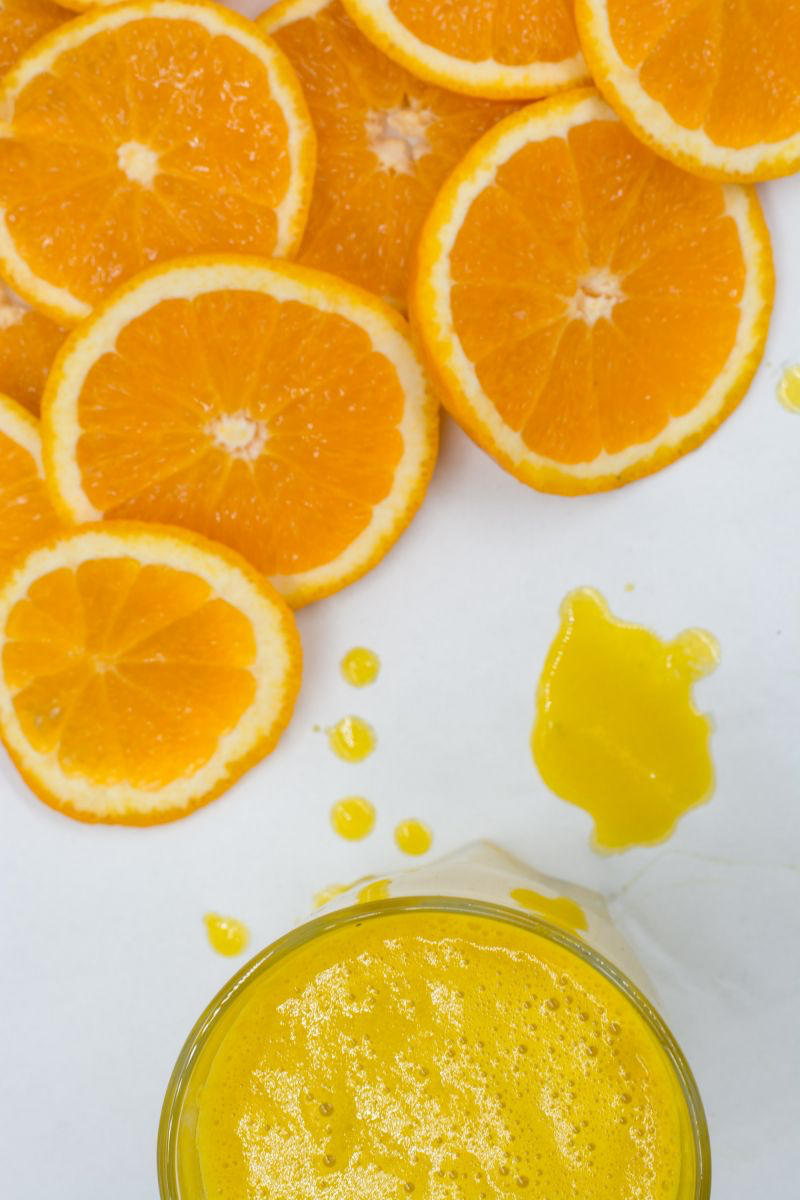
A scar has up to 70% less tensile strength than unwounded skin, even a year after injury.
This means the tissue is not only visually different but also structurally weaker and less elastic. This is why consistent, gentle massage is so crucial. It doesn’t just help with appearance; it manually encourages the disorganized collagen fibers to realign more like normal skin, improving the tissue’s flexibility and reducing that tight, pulling sensation common with deeper scars.

Beyond the surface: can what I eat actually help?
Yes, significantly. Your skin is built from the inside out. To give your body the best tools for repair and remodeling, focus on a diet rich in specific nutrients. Vitamin C is vital for collagen synthesis, while Zinc is a key player in wound repair. Healthy fats, found in avocados and nuts, help maintain skin’s suppleness. And don’t underestimate hydration—pliable, moisturized skin is simply more resilient.
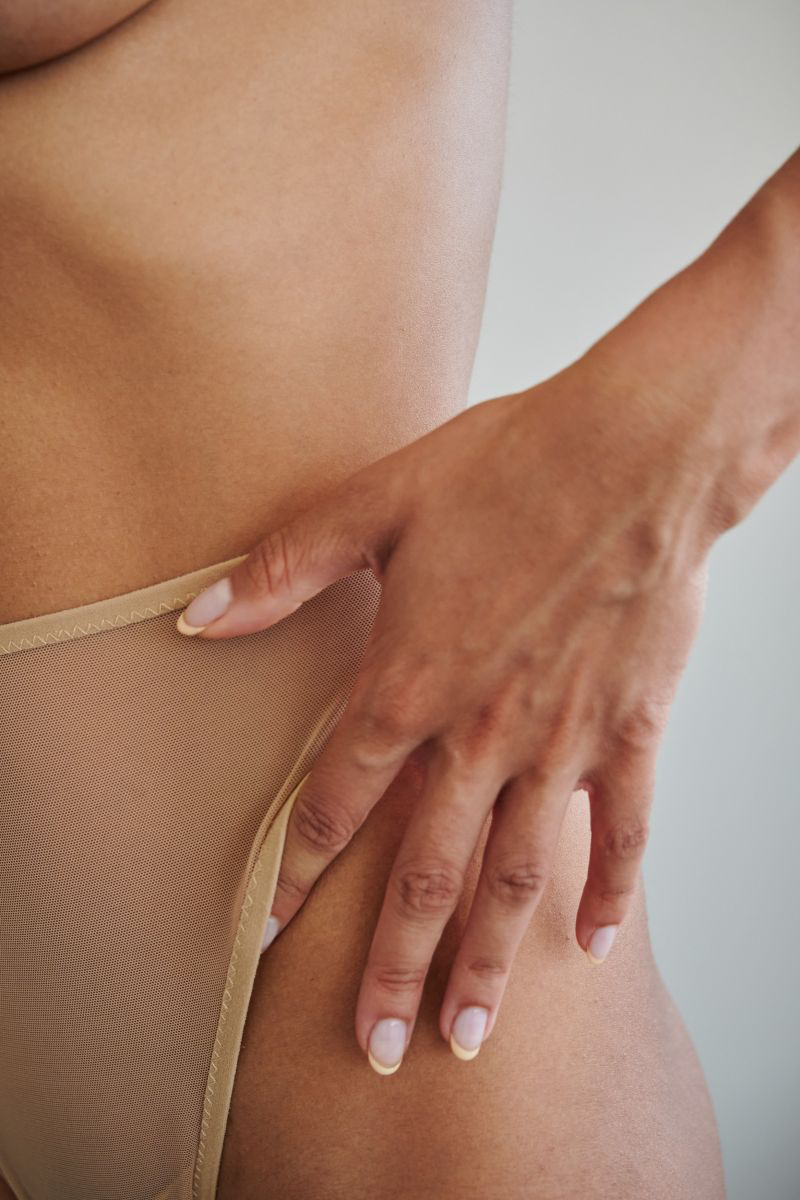
Consider layering your products for a more potent effect, much like you would with facial skincare. Start by applying a hydrating, water-based serum containing hyaluronic acid to draw moisture deep into the scar tissue. Let it absorb for a minute, then seal it all in with a more occlusive product. A rich cream like La Roche-Posay’s Cicaplast Baume B5 is perfect for this, as it creates a protective, healing barrier that locks in the hydration.
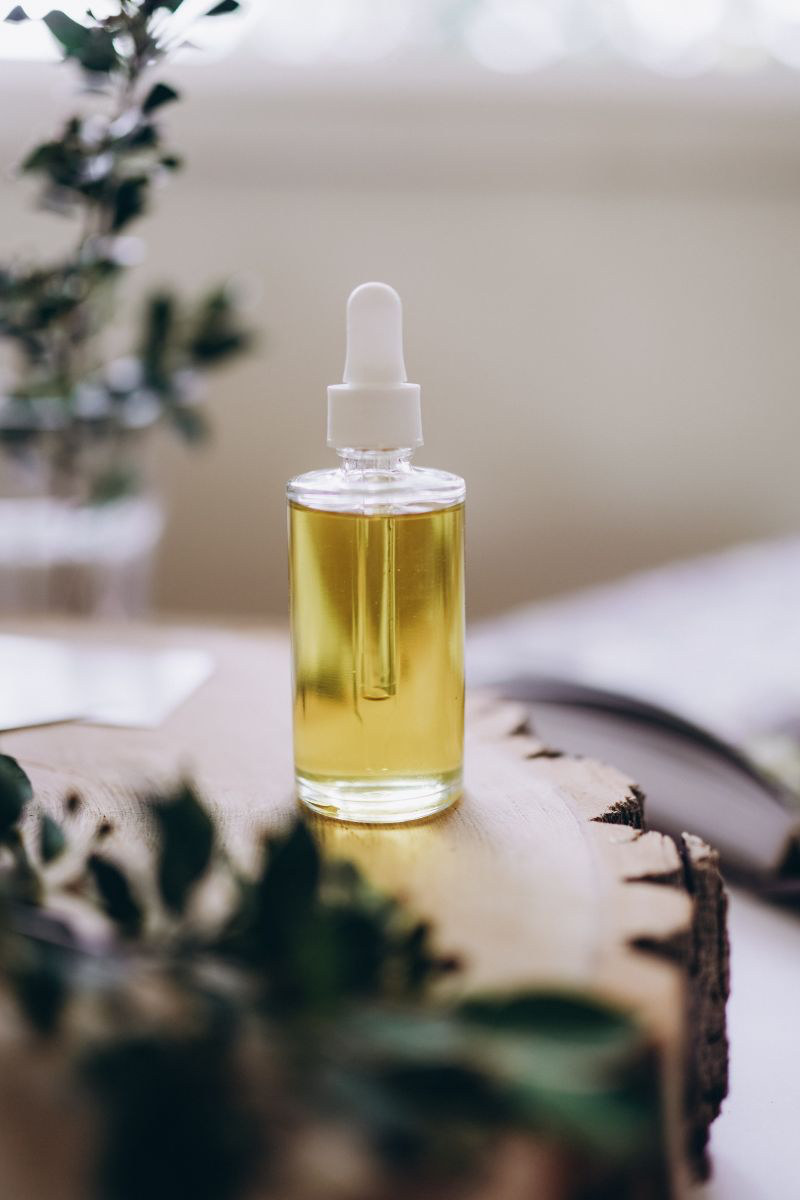
- It can significantly reduce the potential for dark discoloration (hyperpigmentation).
- It protects the fragile, new collagen from breaking down.
- It keeps the healing environment stable and protected.
The secret? Diligent, non-negotiable sun protection. Scar tissue has very little melanin and is extremely vulnerable to UV rays. Always use a broad-spectrum, mineral-based SPF 30+ (think zinc oxide) over any healing mark, even on cloudy days.

A key mistake: Treating all stretch marks the same. Red or purple stretch marks (striae rubrae) are newer and still have active blood vessels, meaning they are much more responsive to topical treatments. Faded, silvery-white marks (striae albae) are older scars where the inflammation has subsided, making them more stubborn. Focus your efforts with potent ingredients on the newer marks for the best results.
Don’t underestimate the power of a simple, high-quality oil. Cold-pressed rosehip oil, like the one from The Ordinary, is packed with fatty acids and pro-vitamin A. It’s a patient workhorse for improving skin texture and tone. Turn its daily application into a two-minute ritual of mindful massage, focusing on the sensation of caring for your skin rather than just trying to erase a mark.










